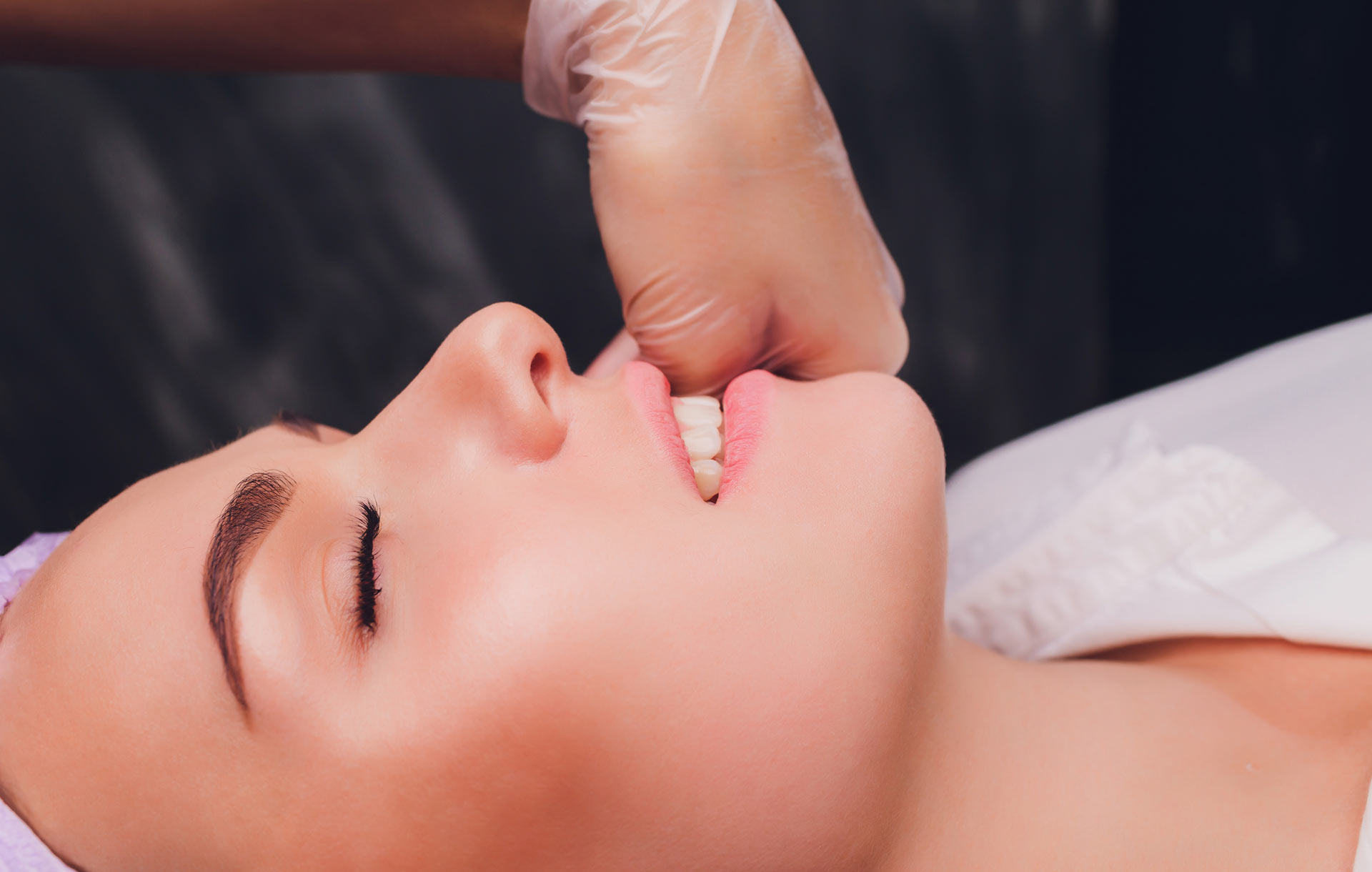
An introduction to treating temporomandibular joint disorders
According to the National Health Institute (NIH), temporomandibular disorder (TMJD) stems from a collection of conditions that causes pain and dysfunction of the jaw and the surrounding muscles. The ‘temporo’ refers to temporal skull bones located on either side of the head, right in front of the ears. The ‘mandibular’ refers to the mandible or lower jawbone. Together these bones meet to create the temporomandibular joint. It assists us with opening and closing the mouth so that we can speak and chew.
It is estimated that 10 million people suffer from TMJD, and most of them are women. When there is trauma to or dysfunction of the joint, it can lead to jaw pain, locking of the jaw, structural damage to the joint, and even arthritis. A car accident, a fall, or a blow to the face are common examples of trauma that may result in TMJ disorder (TMJD). Stress, however, is one of the most significant factors. Grinding teeth from anxiety appear in 78% of TMJD cases.
Treatment options range from surgery to prescription pain killers and muscle relaxants. However, the Schreiber Pain Institute offers a more holistic approach that gets clients out of pain and equips them with posttreatment homecare that prolongs the results.
[ihc-hide-content ihc_mb_type=”show” ihc_mb_who=”2,4,5,6,7″ ihc_mb_template=”-1″ ]
Intake and Evaluation
At the Schreiber Pain Institute, we start our new client sessions with an extensive intake interview. With TMJD, our first step is to evaluate whether trauma was involved in developing the condition. Injury can create symptoms in the short term and slowly progressing months or years after the initial trauma. As mentioned before, trauma can occur from a car accident, a fall, being hit in the head or face, persistent clenching of the jaw or grinding of the teeth during sleep, etc.
If there is no history of trauma, then we look at posture. Improper posture over time can negatively impact the temporomandibular joint and create TMJD. There is an old saying, ‘the bucket does not overflow until the last drop.’ With TMJD, that last drop can happen after years of poor postural habits formed from how we sit, sleep or perform daily activities.
Therefore, one of our first TMJ assessments is a postural evaluation. We often notice a tilted pelvis, rounded shoulders, and a curve in the lower back with TMJD. When we examine the body from a side view, we typically see arms resting in front of the body (rather than arms that naturally fall at the side), and the head sitting forward of the body.
Treatment
We begin treatment once we have completed the intake and assessment. Treatment is personalized to the patient’s circumstances around the development of their TMJD. Through trauma, TMJD often focuses on upper bodywork, unlike postural TMJD, where the whole body is treated from head to toe.
Traumatic TMJ problems are treated differently depending on the type of injury and how it occurred. Trauma from a blow to the face, for example, may affect one or both sides of the face and cause discomfort when opening the mouth. It could also create neck pain but may not necessarily involve the shoulder. In this instance, the treatment would include bodywork for the face and neck. If the TMJ condition is related to a shoulder injury, a fall, and hitting your head, then treatment would include the shoulder, in addition to the face and neck.
Both types of TMJD treatments involve intraoral work, anterior and posterior neck bodywork, and facial muscle massages. Stretching would also be recommended, along with gentle exercises and strengthening techniques that do not elicit any pain.
Our treatment protocols have helped over 90% of our TMJD clients recover. There are a few times when the recovery period may take a little longer than most. If left unchecked, for example, TMJD can lead to structural changes in the tissue and bone. In these instances, more intensive homecare and longer treatment and recovery times may be required.
The Schreiber Pain Relief Method (PRM) approach to treating TMJD makes a great addition to a spa service menu. People, especially women, frequently visit spas seeking holistic methods to stress management. When therapists are trained in the Schreiber PRM, they can help their guest get out of pain, lower their anxiety and stress, and return to a more optimal function.
[/ihc-hide-content]












